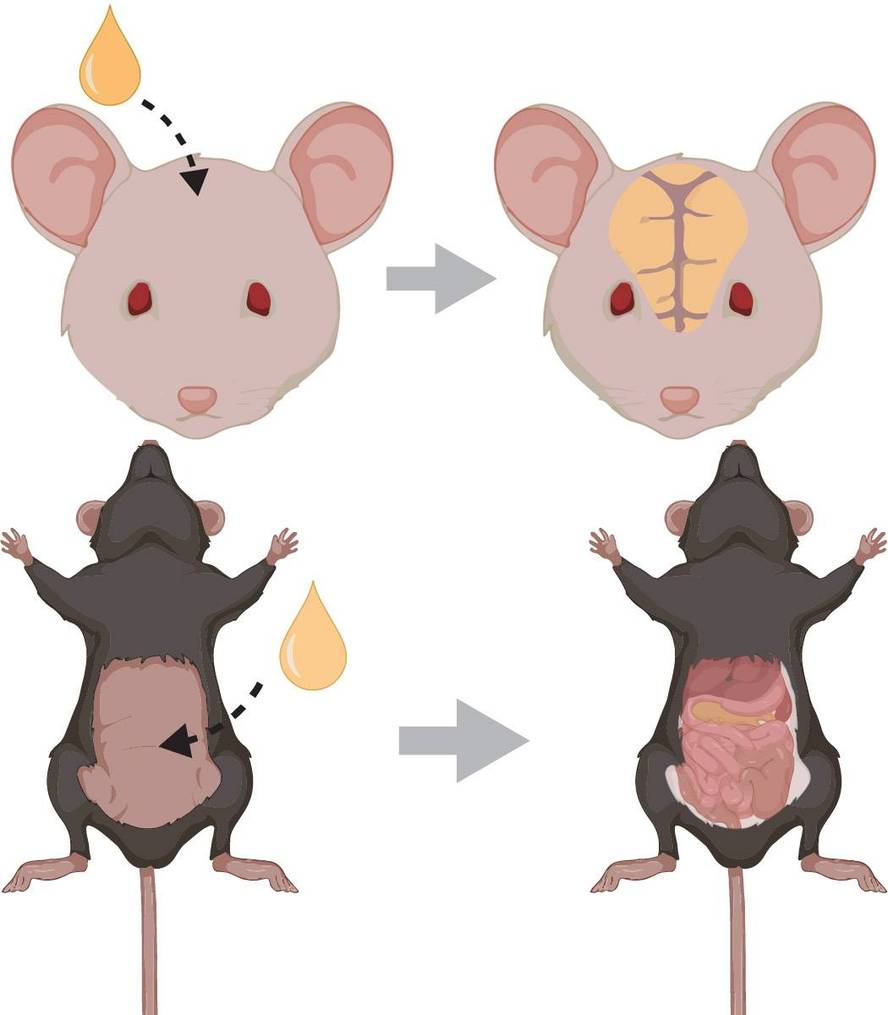They make the skin of live mice transparent by a dye.
Researchers from the University of Stanford (EE.UU.) have been shown to make the skin transparent when applying conventional colouring tartrine. In fact, the dye absorbs UV and blue rays, and if administered to the skin, it decreases the difference between water from biological tissues and lipid refraction indices. This allows the skin to lose opacity and, therefore, the lower structures (blood vessels, organs…) to be seen with the naked eye. The experiment has been done with mice, in vivo.
The study, published in the journal Science, confirms that the effect of tartracine is reversible and that it is not toxic at the doses used in mice. In fact, it is a common colouring that is used to give a yellow color to foods, such as paellas and chips.
In experiments with mice, they've found that they're able to transform the animal's belly into transparent and see the organs and intestines during their functioning. The same is true of the skin of the head: by the method they have tried, you can see the blood vessels of the skull. It allows, therefore, to analyze and influence biological structures and their activity in a simple and safe way.
According to the authors, these experiments allow the development of a method of medical use. They've already begun to look for the right colorants for that.






